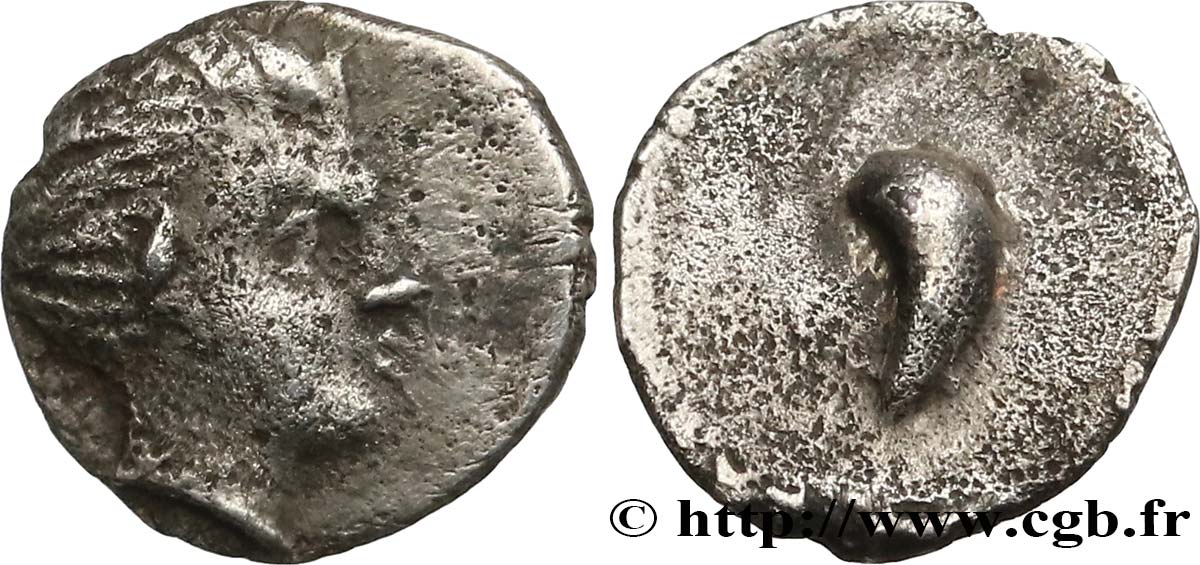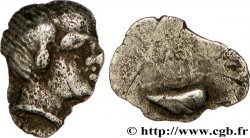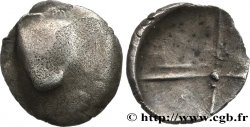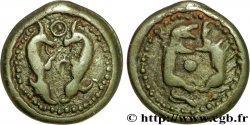bga_458582 - SALUVII Hémiobole à la tête de satyre et à la corne
580.00 €(Approx. 661.20$ | 498.80£)
Quantity
Add to your cart

Type : Hémiobole à la tête de satyre et à la corne
Date: après 49 avant J.-C.
Metal : silver
Diameter : 8 mm
Orientation dies : 4 h.
Weight : 0,30 g.
Rarity : R3
Coments on the condition:
Monnaie de qualité hors du commun pour ce type, sur un petit flan légèrement granuleux
Predigree :
ex bga_188988 de CELTIC I
Obverse
Obverse legend : ANÉPIGRAPHE.
Obverse description : Tête masculine à droite.
Reverse
Reverse legend : ANÉPIGRAPHE.
Reverse description : Une sorte du virgule.
Commentary
Cette rare obole manque à tous les musées consultés. Cet exemplaire est très proche du n° 96 de MONNAIES II. Le n° 539 vendu dans MONNAIES XXVI l'a été à 366€ sur un ordre de 1001€ !
Ce monnayage pourrait constituer une dégénérescence de l'obole CABE LEPI à la corne d'abondance.
Ce monnayage pourrait constituer une dégénérescence de l'obole CABE LEPI à la corne d'abondance.








 Report a mistake
Report a mistake Print the page
Print the page Share my selection
Share my selection Ask a question
Ask a question Consign / sell
Consign / sell
 Full data
Full data











